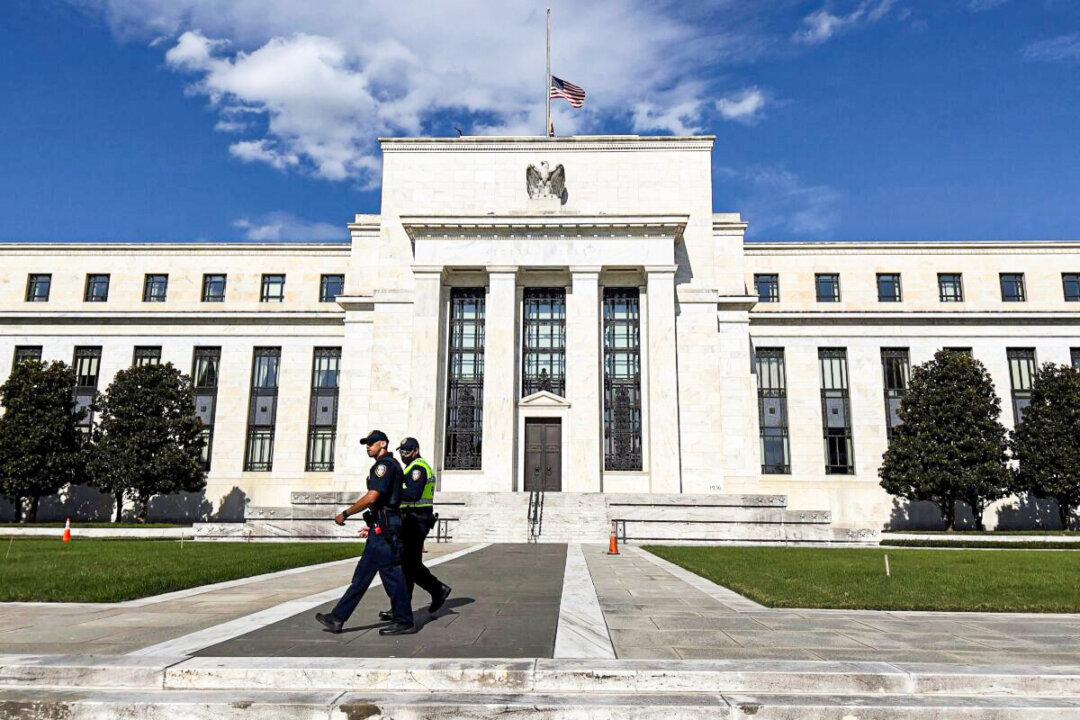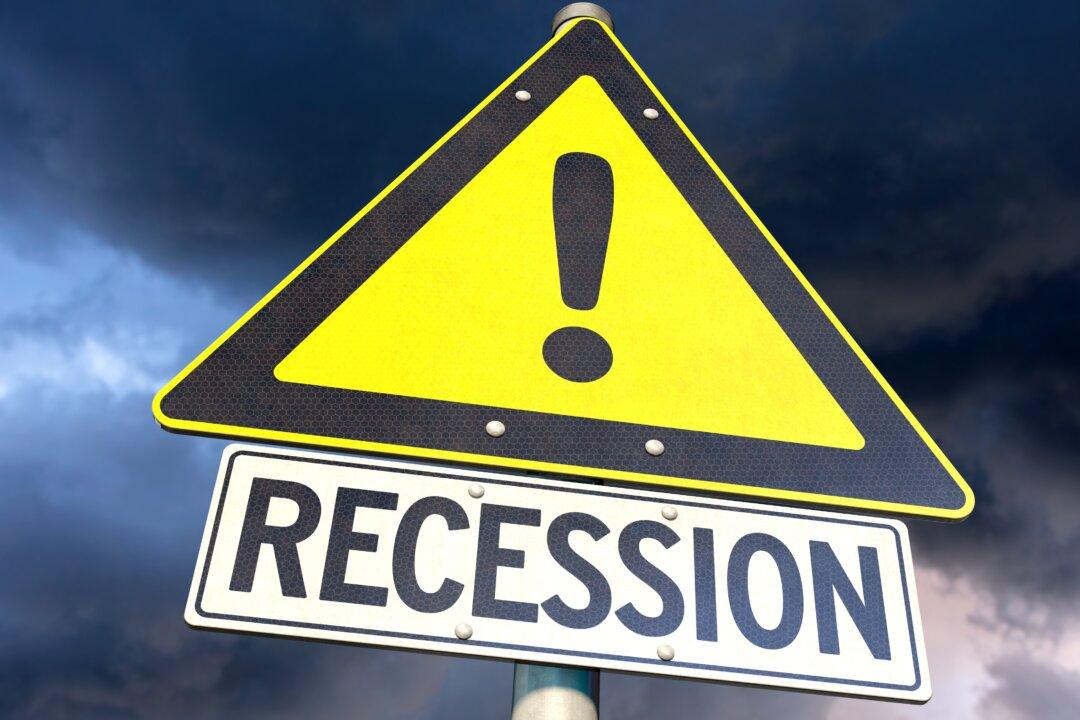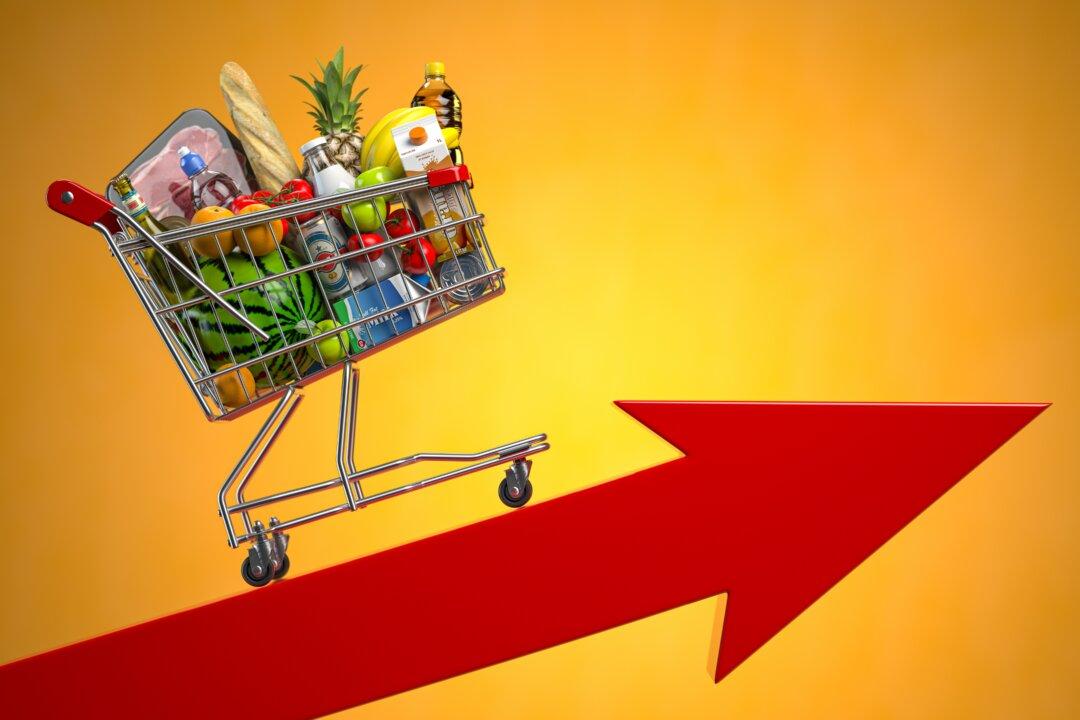Commentary
There are presently five open slots on the Federal Open Market Committee (FOMC), the policymaking body for the Federal Reserve system. These are vacant because of political disagreements in the Senate. President Joe Biden has nominated someone for each seat, while last month Republicans on the Banking Committee called a halt to every one of the five over strenuous objections to one (Sarah Bloom Raskin) in particular.





